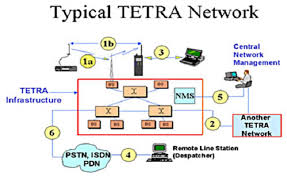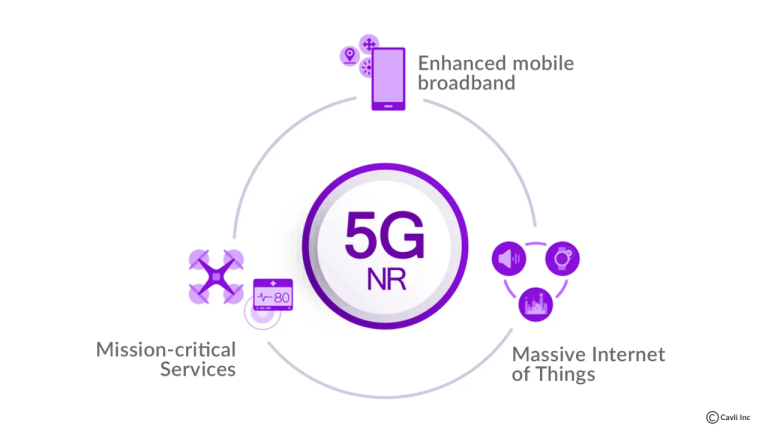Understanding VNF Architecture: A Modern Guide to Virtual Network Functions
telcomatraining.com – In today’s fast-paced digital landscape, flexibility and scalability are the cornerstones of modern network infrastructures. One of the key innovations driving this transformation is Virtual Network Functions (VNF). This article provides a comprehensive look into VNF architecture, its components, benefits, and the role it plays in reshaping network services.
What is a Virtual Network Function (VNF)?
A Virtual Network Function is a software-based network function that replaces traditional hardware appliances. These functions may include firewalls, load balancers, routers, and intrusion detection systems, all running on virtual machines or containers instead of physical hardware.
By virtualizing these functions, VNFs enable network operators to deploy services quickly, reduce costs, and scale with demand. VNFs are a fundamental component of Network Functions Virtualization (NFV), which aims to decouple network functions from proprietary hardware.
Core Components of VNF Architecture
Understanding VNF architecture requires a look at its three key layers:
- Virtualized Infrastructure Layer (VIL):
This includes the physical servers, storage, and networking hardware that provide the computing resources. These resources are abstracted using a hypervisor or container platform like VMware, KVM, or Docker. - Virtual Network Function Layer:
At this level, the VNFs are deployed as virtual appliances. Each VNF operates independently and can be managed or chained together with others to create more complex services. - NFV Management and Orchestration (MANO):
This is the control layer responsible for managing the lifecycle of VNFs. MANO handles deployment, scaling, monitoring, and termination of services. It ensures seamless coordination between the infrastructure and the network functions.
Key Benefits of VNF Architecture
1. Agility and Flexibility
VNFs allow service providers to introduce new network services quickly. Instead of purchasing and installing new hardware, new functions can be deployed as software in a matter of minutes.
2. Cost Efficiency
With VNFs, there is no need for expensive, purpose-built hardware. Organizations can run multiple network functions on a single hardware platform, reducing capital and operational expenses.
3. Scalability
VNF architecture supports elastic scaling. When demand spikes, resources can be allocated dynamically to handle the load. Similarly, resources can be scaled down during off-peak periods.
4. Improved Innovation Cycle
Developers can test and deploy updates to network functions more frequently, which accelerates the pace of innovation and service improvement.
Common Use Cases of VNFs
- Virtual Routers and Switches: Replacing traditional hardware to build flexible, programmable network topologies.
- Virtual Firewalls: Protecting networks with software-defined security mechanisms that adapt to changing threats.
- WAN Optimization: Improving network performance using virtual appliances that compress and cache data.
- Load Balancing: Distributing traffic efficiently across servers to ensure high availability and performance.
Challenges of VNF Implementation
Despite its benefits, deploying VNFs comes with challenges:
- Performance Overhead: Running network functions on virtual platforms can sometimes introduce latency or reduce throughput.
- Complex Management: Orchestrating multiple VNFs across a distributed network requires robust automation and monitoring tools.
- Interoperability Issues: Ensuring compatibility between different vendors’ VNFs and NFV platforms can be difficult.
To mitigate these challenges, many organizations adopt cloud-native VNF design using container-based architecture and microservices. This shift enhances performance, reduces overhead, and simplifies orchestration.
The Future of VNF Architecture
As 5G and edge computing become more prevalent, VNF architecture will continue to evolve. The integration of AI and machine learning for intelligent orchestration, cloud-native VNFs, and multi-access edge computing (MEC) will shape the next generation of network services.
Furthermore, the emergence of network slicing will rely heavily on VNFs to create isolated, customizable networks for different use cases—from autonomous vehicles to industrial IoT.
Conclusion
Virtual Network Function architecture is a game-changer in modern networking. It brings agility, scalability, and efficiency to the forefront of service delivery. By understanding and implementing VNF architecture, businesses and service providers can stay competitive in an increasingly software-driven world.







